Graph the equation. +
+  = 1
= 1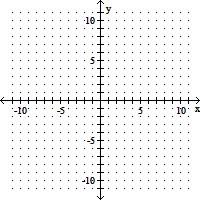
A. 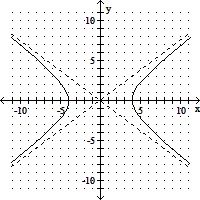
B. 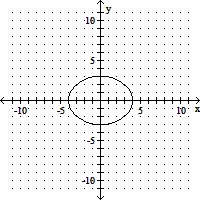
C. 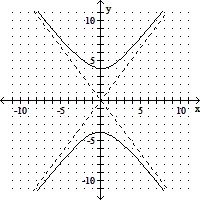
D. 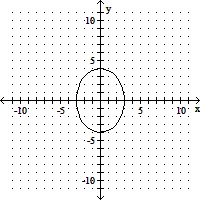
Answer: B
You might also like to view...
Solve the problem.The driver of a car traveling at 60 ft/sec suddenly applies the brakes. The position of the car is  t seconds after the driver applies the brakes. How far does the car go before coming to a stop?
t seconds after the driver applies the brakes. How far does the car go before coming to a stop?
A. 300 ft B. 10 ft C. 1,200 ft D. 600 ft
Factor when possible. If the polynomial is prime, so state.25x2 - 64
A. (5x + 8)2 B. (5x + 8)(5x - 8) C. (5x - 8)2 D. prime
Find A ? B and A ? B for the sets A and B.A = {1,  ,
,  ,
,  ,
,  , . . . }B = {
, . . . }B = { ,
,  ,
, 
style="vertical-align: -17.0px;" />}
A. A ? B = {1,  ,
,  ,
,  ,
,  , . . . }
, . . . }
A ? B = { ,
,  ,
,  }
}
B. A ? B = {1,  ,
,  ,
,  ,
,  , . . . }
, . . . }
A ? B = { ,
,  }
}
C. A ? B = { ,
,  ,
,  }
}
A ? B = {1,  ,
,  ,
,  ,
,  , . . . }
, . . . }
D. A ? B = { ,
,  }
}
A ? B = {1,  ,
,  ,
,  ,
,  , . . . }
, . . . }
Solve the problem.The number of hours of sunlight in a day can be modeled by a sinusoidal function. In the northern hemisphere, the longest day of the year occurs at the summer solstice and the shortest day occurs at the winter solstice. In 2000, these dates were June 22 (the 172nd day of the year) and December 21 (the 356th day of the year), respectively. A town experiences 11.12 hours of sunlight at the summer solstice and 8.21 hours of sunlight at the winter solstice. Find a sinusoidal function  that fits the data, where x is the day of the year. (Note: There are 366 days in the year 2000.)
that fits the data, where x is the day of the year. (Note: There are 366 days in the year 2000.)
A. y = 1.455 sin  + 9.665
+ 9.665
B. y = 11.12 sin  + 9.665
+ 9.665
C. y = 11.12 sin  + 8.21
+ 8.21
D. y = 1.455 sin  + 9.665
+ 9.665